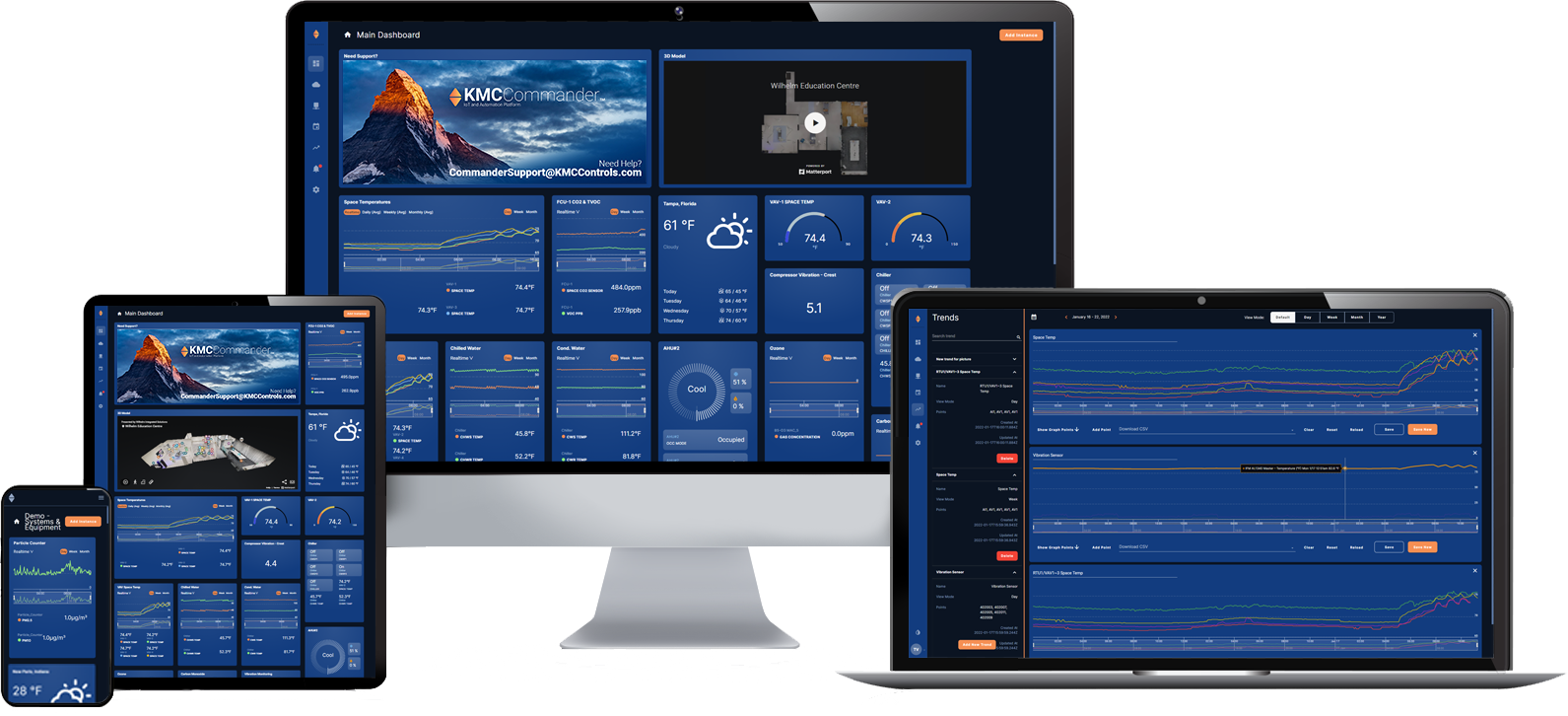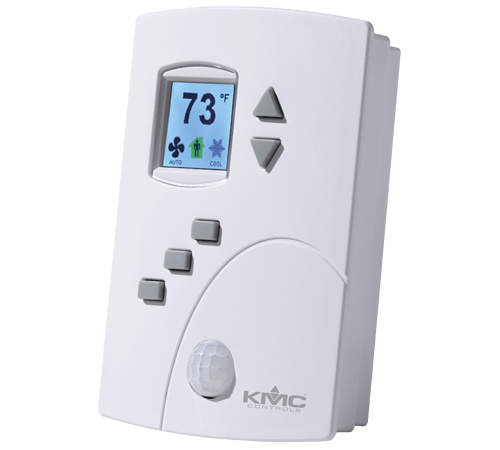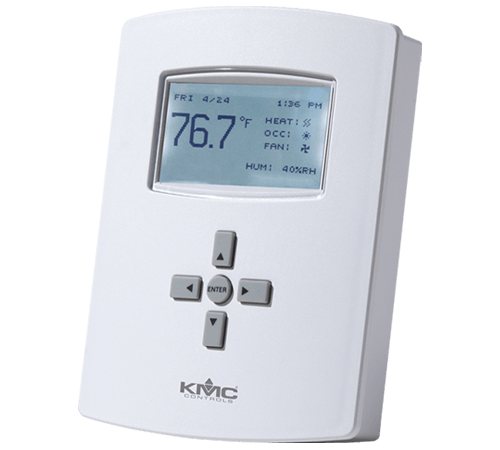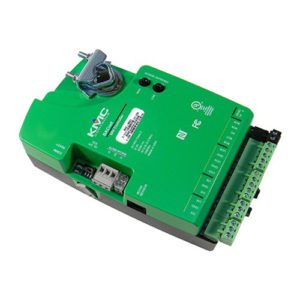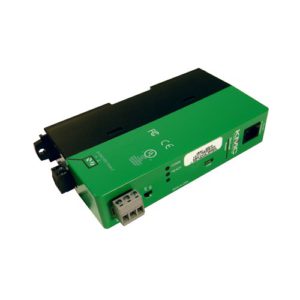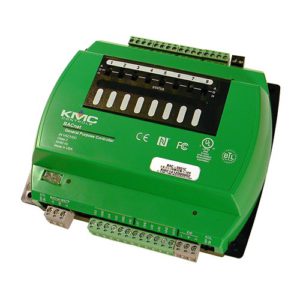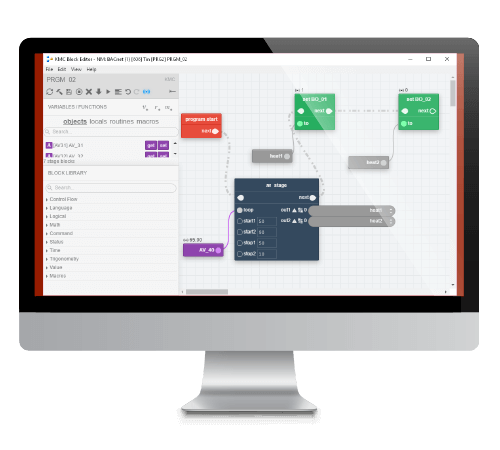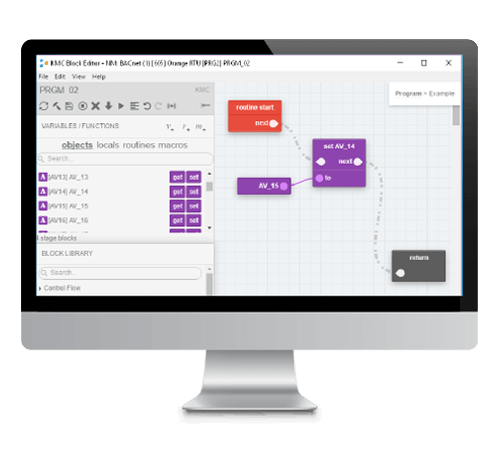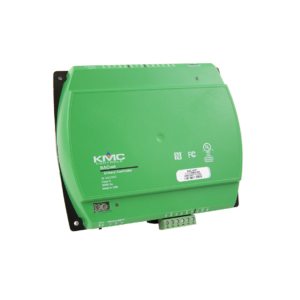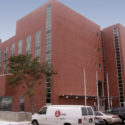Improved Indoor Air Quality
“Indoor air quality” refers to gases or particles in the air from indoor pollution sources. While it’s easy to overlook or forget about indoor pollution, indoor air quality, or IAQ, is an important consideration for old and new buildings alike, and is a primary concern for LEED® certification.
Carbon dioxide (CO2) and carbon monoxide (CO) sensors integrated into a building management system can be used to monitor pollutants and ensure the required amount of fresh air ventilation is reaching indoors. Based on sensor input, controllers can provide optimal ventilating, heating, and air conditioning by zone for occupant comfort and IAQ. They can also monitor and control natural ventilation dampers and provide smoke control during a fire to maintain breathable air zones for evacuation.
Greater Occupant Comfort and Productivity
And, of course, occupant comfort and productivity are crucial to any commercial office. To maximize these, temperature sensors in a building management system can monitor thermal comfort and allow occupant-controlled settings and overrides. Humidity sensors can also be employed to control air dehumidification in summer and humidification in winter.
Thanks to the flexibility of KMC systems, each building management system can be configured to meet a facility’s unique needs based on its size, shape, location, age, and its owners’ overall building management objectives. KMC products like these have been applied to some truly impressive commercial office facility projects around the world.
Lower Operating and Maintenance Costs
While simply increasing operating efficiency often leads to lower operating costs, a building management system can be used to employ additional cost-saving strategies as well. For example, building management software can track trends and create logs to equip facility managers with the data they need to better optimize the efficiency of the system. These logs can also aid in meeting documentation requirements for building certifications such as LEED®.
Based on data gathered from equipment sensors, alarms and notifications can be configured within BMS software to alert service personnel to issues before they cause discomfort to building occupants or escalate into bigger, more costly problems.
Sensors equipped with data ports allow service personnel quick access and control through a laptop computer and a network interface. This method of remote network monitoring, controlling, and troubleshooting via the Internet or modem can reduce service calls, which of course drive up maintenance costs.
Furthermore, electric current sensors and power meters connected to a building management system can be used to monitor energy consumption and help facility managers identify and troubleshoot problem areas. If a facility or campus generates electricity with wind turbines and/or photovoltaic arrays, these current sensors can also monitor power generation for credit from the utility company. All these methods can save valuable time and lower operating and maintenance costs.
 Cart
Cart

